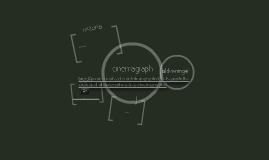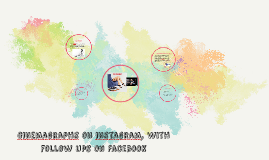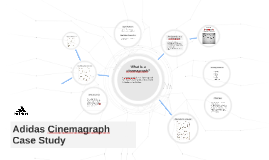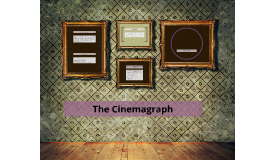GIF
Transcript: TaSNEEM Deeb GIF The Graphics Interchange Format is a bitmap image format that was developed by US-based software writer Steve Wilhite while working at the Bulletin board service provider CompuServe on the summer of, 1987, and has since come into widespread usage on the World Wide Web due to its wide support and portability. GIF images are compressed using the Lempel–Ziv–Welch lossless data compression technique to reduce the file size without degrading the visual quality. This compression technique was patented in 1985. About it How an image format changed the way we communicate Since their creation 30 years ago, the looping clips have followed a rocky path to stardom, going from ubiquitous to repudiated and back again. Whether you love them or not , it’s impossible to go long without seeing them on the news, social media, or even in office Slack rooms. Thanks to the humble GIF, no emotions are too big or small to capture in animated image form. Initially, GIFs were used almost exclusively for still images. What made the format revolutionary was a specific compression algorithm, named Lempel-Ziv-Welch for its three creators (Abraham Lemepl, Jacob Ziv and Terry Welch). The way it worked was to identify repeating patterns, then simplify them, This approach made the GIF uniquely talented at fitting photorealistic color images History Types of GIF 1. The Replay GIF In the age of YouTube, GIFs, let fans replay highlights in a condensed format. The replay GIF changes the game by continuously looping virtually any notable footage – from last night’s game winning field goal to even a memorable scene from your favorite movie. On Twitter, the official accounts for the NFL and NBA were recently using a high volume of Vine videos for replays. But with Vine supposedly on its way out the door, the NFL and NBA are slowly turning to GIFs and native Twitter video to highlight must-see moments. Replay GIFs are not limited to entertainment. This style of GIFs can be helpful for the marketer who wants to share current company news or connect a current event to their business. 1. The Replay GIF 2. The Reaction GIF Emotions are studied on replay with the reaction GIF, which is arguably the most popular style on social media. Film and TV are the industries most responsible for content you’ll see in most reaction GIFs. Reaction GIFs are typically used to enhance whatever comment a user is making online. No matter the emotion, reaction GIFs typically elicit a laugh out of the viewer, especially if the image is used in a clever way in reaction to a 2. The Reaction GIF 3. The Cinemagraph The viewer of this GIF doesn’t experience one event in a loop, but one event continuously progressing through time. In a cinemagraph, one element of the image is in motion while the rest stay still. Because cinemagraph GIFs have a limited number of moving parts in the image, the viewer is left with a tranquil feeling. Travel and fashion companies gravitate toward the cinemagraph GIF because of its professional appearance and quiet tone. The visual 3. The Cinemagraph 4. Technical GIF Browsing through the internet for useful marketing data is no longer a painful chore thanks to technical GIFs. Technical GIFs transform boring figures into engaging content. These types of GIFs are especially useful for marketers who want to include statistics, diagrams or graphs for product summaries. Technical GIFs are interactive, as opposed to a black-and-white graph on a PowerPoint slide. Video marketing combined with a technical GIF creates an even deeper animation experience. 4. Technical GIF 5. The Perfect-Loop GIF Whereas the cinemagraph GIF is still and serene, the perfect-loop GIF is active and busy. This GIF consists of a seamlessly looped camcorder recording of an event. The final frame of the shot leads back to the initial frame without missing a beat. Even though the viewer relives the same 7-or-so seconds over and over, he or she can lose track of time due to the seamlessness of the GIF. The perfect-loop GIF can be used to a company’s advantage. Since the loop is inherently nonstop, it can be used to market non-stop service. It can also be used to advertise a customer demonstration’s of a successful product. 5. The Perfect-Loop GIF Title Title

















